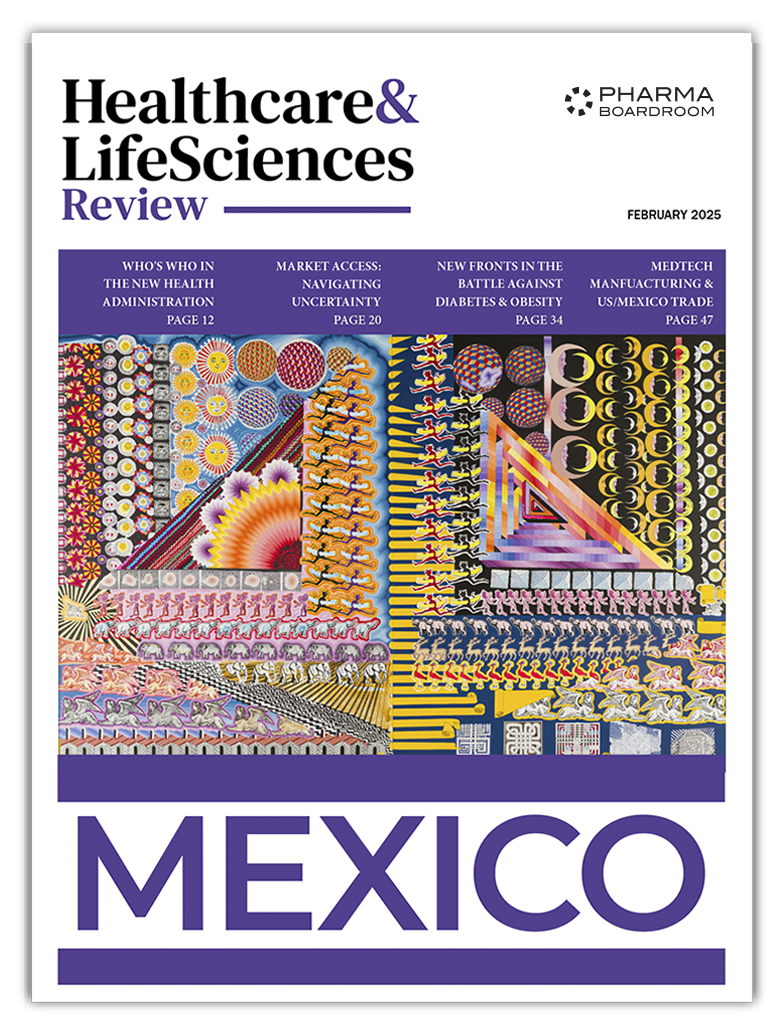With a record number of recent approvals representing game-changing potential for conditions like sickle cell disease, a significant number of advanced therapies making progress in the clinic, and an uptick in investment, cell and gene therapies are set to continue making considerable headway in 2025. Yet their elevated price tag remains an obstacle to access.
Breakthrough Approvals in 2024
2024, ushered in by the FDA approval of the first treatments using the Nobel Prize-winning CRISPR gene-editing system, got off to a ground-breaking start for cell and gene therapy. With their newly appoved CRISPR-enabled treatments, Crispr Therapeutics and Vertex Pharmaceuticals and bluebird bio were able to offer a potential cure to the over 100,000 patients suffering from sickle cell disease (SCD) in the US. Normally tackled through blood transfusions, or in some cases, bone marrow transplants, SCD is a costly disease to treat. While the new therapies present a long process involving a hospital stay, the companies involved say that they offer the potential of what Reshma Kewalramani, CEO and president of Vertex called “a one-time transformative therapy.”
Other breakthrough approvals in 2024 came in the form of Mesoblast’s Ryoncil, which became the first mesenchymal stromal cell (MSC) therapy to treat steroid-refractory acute graft-versus-host disease (SR-aGVHD) and Adaptimmune’s Tecelra, the first FDA-approved engineered cell therapy for solid tumours.
Promising Innovations on the Horizon
Beyond the advanced therapies that have reached approval, many others are making their way through clinical trials and according to the American Society of Gene & Cell Therapy’s latest industry landscape report, some 4,099 are currently in development.
These therapies are in stages that range from preclinical through pre-registration, and include 2,042 gene therapies and 923 non-genetically modified cell therapies. Although oncology and rare diseases continue to lead the development charge, the field is also diversifying with 51 percent of newly initiated gene therapy trials for non-oncology indications.
Dealmaking on the Rise
While the cell and gene therapy sector, like the rest of the life sciences industry, has faced investment obstacles since the funding heydays of 2020 and 2021, according to IQVIA, the number of cell and gene therapy deals are up 46 percent from a decade ago and represent a growing share of all life sciences deals —10 percent in 2023. The American Society of Gene & Cell Therapy reported no less than 101 transactions during Q3 of 2024 with Big Pharma players like Novartis continuing to invest in promising biotechs and expanding their portfolios through M&A.
Recent fundraising rounds include Capstan Therapeutics’ USD 175 million Series B financing for its CAR-T candidate, with investors including Johnson & Johnson, Bayer, BMS, Eli Lilly, Novartis and Pfizer, and ArsenalBio’s USD 325 million in Series C funding for its solid tumour candidates using its proprietary T-cell engineering technology. Meanwhile, heavy hitters like Astellas pursue the enhancement of their gene therapy portfolios. At the end of last year, the company signed a USD 20 million upfront licensing agreement with Sangamo Therapeutics for its neurotropic adeno-associated virus (AAV) capsid, STAC-BBB.
Confronting Access Challenges
While these advanced therapies may offer patients options they previous did not have, most are priced at over USD 1 million, making widespread access a challenge. For its sickle cell therapy Casgevy, Vertex has debated, that it is expensive to produce, but the price tag — over USD 2 million — remains prohibitive. The Alliance for Regenerative medicine points out, however, that these treatments can actually save health systems money. “Cell and gene therapy has often made headlines due to its non-traditional cost model, but the value of this transformative medicine is often overlooked,” the organisation said in its latest Sector Snapshot.
Additionally, a report from the Institute for Clinical and Economic Review (ICER) found that gene therapies, such as the hemophilia A and B therapies Roctavian developed by BioMarin, and Hemgenix from CSL Behring, could eliminate the need for expensive prophylactic treatment and potentially reduce treatment costs. “Cell and gene therapies hold significant potential to improve patient outcomes and transform lives, ultimately reducing long-term health care spending,” said Liz Fowler, deputy administrator and director of the Centers for Medicare & Medicaid Services (CMS) Innovation Center. “However, due to the high costs, these therapies can pose challenges.”
To confront the difficulties presented by the high prices of these therapies, payers and manufacturers have been working towards innovative payment models. Novartis for one has negotiated both outcomes-based agreements and instalment payment models for its spinal muscular atrophy (SMA) therapy Zolgensma in the US and in several European countries. At the same time, the UK and France are looking towards coverage with evidence development (CED) to adjust reimbursement based on real-world evidence as it becomes available, a model that while valuable may be difficult to manage in the long term.
The CMS is also preparing to launch a new voluntary Cell and Gene Therapy Access Model to improve access to these therapies for low-income patients in the US public health insurance programme, Medicaid. The new model will allow the CMS to negotiate outcomes-based agreements with manufacturers. Moreover, states will have the option to opt-in to these agreements and receive resources from CMS.
Developing a future-proof payment model is an issue health systems will have to grapple with as more and more of these therapies gain approval. “While current payment models may work due to the limited number of cell and gene therapies on the market, as the portfolio of treatments expands some payment models may become unmanageable,” IQVIA states in its report, Strengthening Pathways to Cell and Gene Therapies.
In addition to their expense, an additional roadblock for access to cell and gene therapies is that they have complex treatment pathways and require specialised centres for their delivery.



